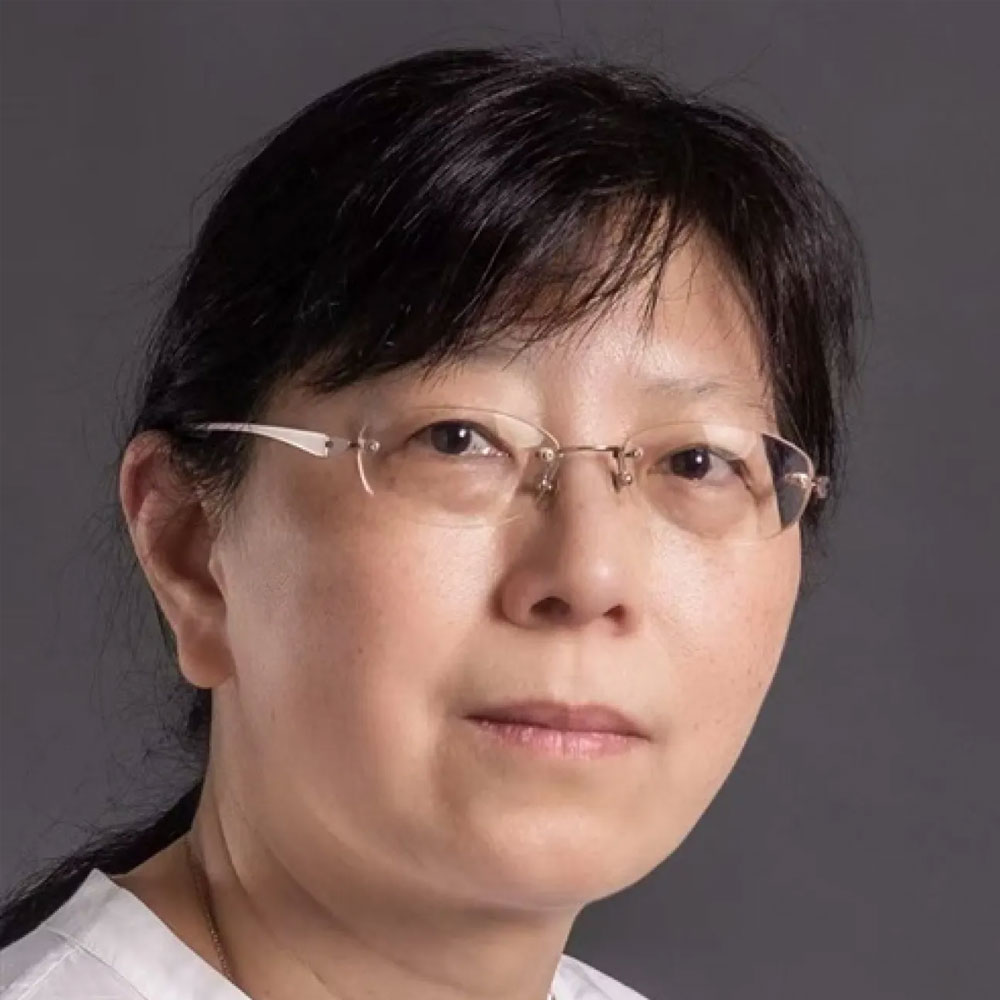Contact Information:
School of chemistry and chemical engineering,
University of Southampton
Presentation Title: An Electrolysis and Microbial electrochemical hybrid system for hydrogen production and wastewater treatment
Abstract
Green hydrogen using electrolysis provides a promising solution for future energy vector, and sustainable chemical manufacturing, which are crucial to achieve the Net Zero target. Producing 1 kg of hydrogen by PEM electrolysis requires 50–55 kWh of electricity and 9 L of water, usually high purity fresh water.
We developed a highly efficient microbial electrolysis system for simultaneous hydrogen production, wastewater treatment and water reuse. The microbial electrolysis cell (MEC) possessed a full biological system with a bioanode oxidizing and removing organic matter in wastewater, and a biocathode generating hydrogen.
Different operational parameters were examined for MEC operation, including applied potentials, feed mode and different reactor configuration.
It was found that bioanode could become a limiting factor could halt the biocathode capability to generate hydrogen if exceed certain potentials. On the other hand, energy required for the hydrogen generation was found that 1/3 could be provided from bioanode.
Currently, hydrogen generation could reach 12L/g.day.
It demonstrated the potential to simultaneously treating organic containing wastewater, and generating green hydrogen.
Biographical Sketch
Professor Eileen Yu holds a Chair of Chemical Engineering in the School of Chemistry and Chemical Engineering, University of Southampton. After obtained her PhD from Newcastle University pioneering on the development of direct methanol alkaline fuel cells, she worked as a research fellow at Max Planck Institute, Germany before she returned to the UK to take a prestigious EPSRC Research Fellowship (Life Science Interface). This fellowship enabled her to extend her research into the biosciences, from which she has developed an interdisciplinary research profile. She has a wide range of experience in various fields in electrochemical and bioelectrochemical systems for energy, environmental and biomedical applications. She has attracted more than £20m funding from various funding organisations.


